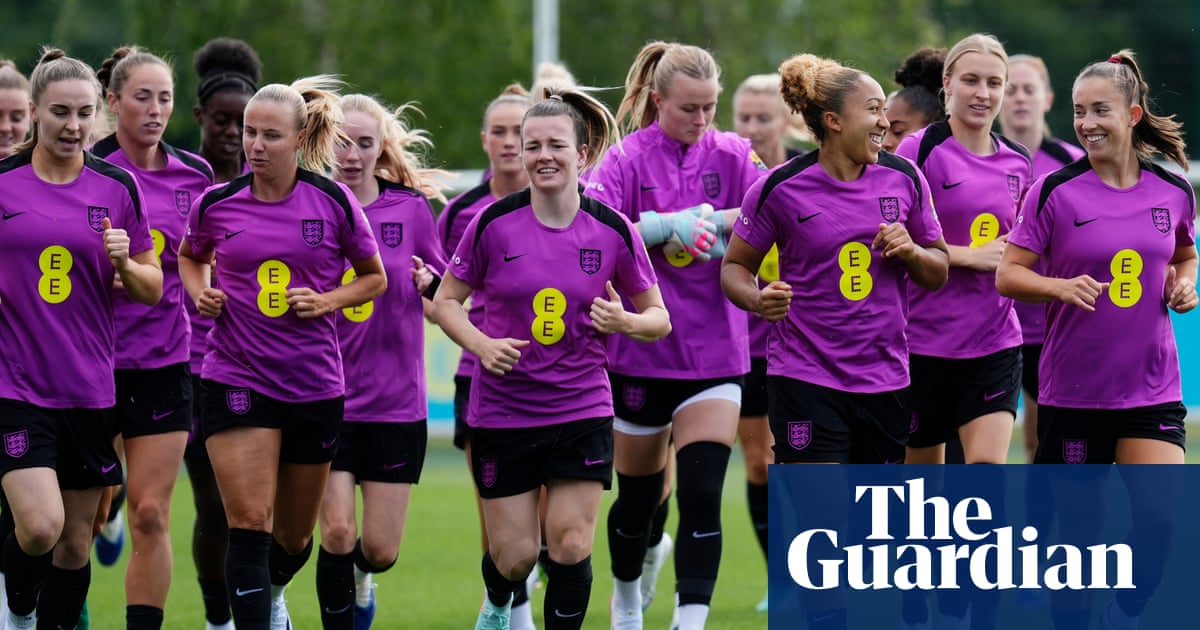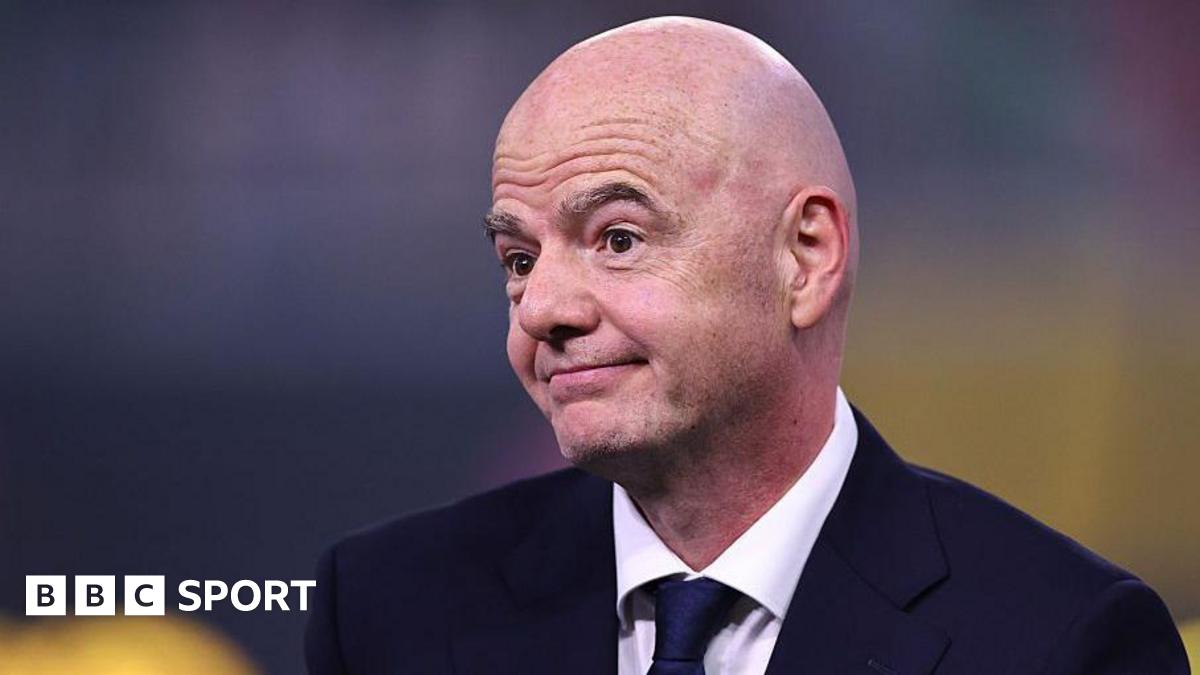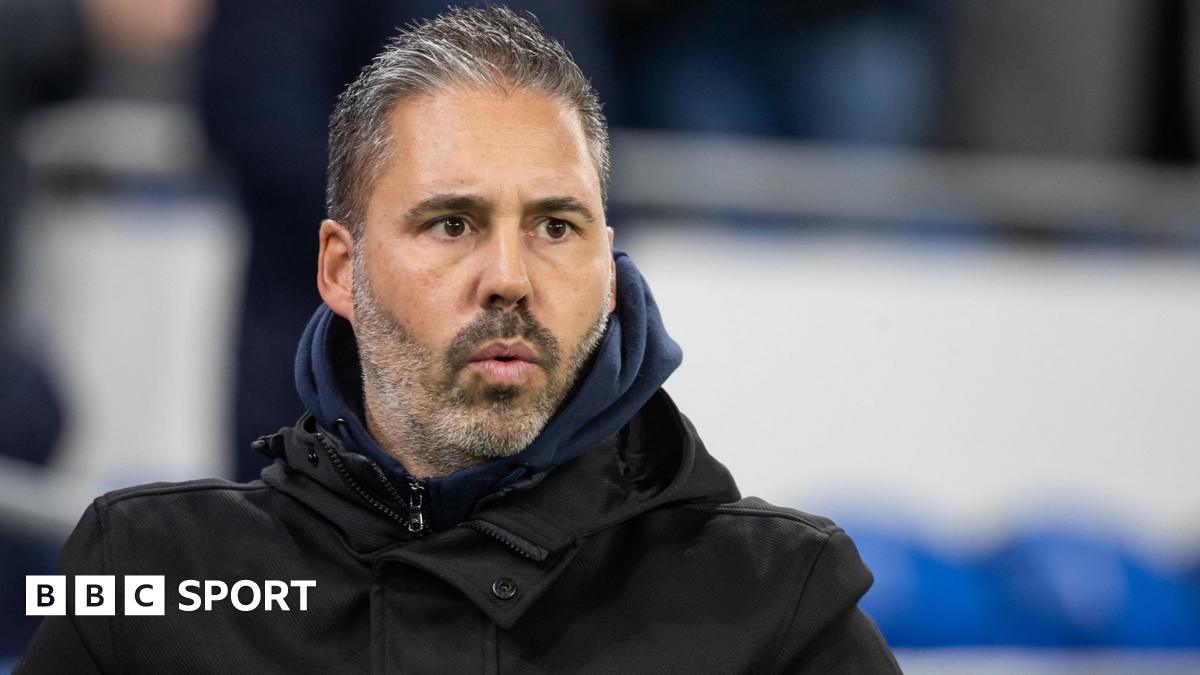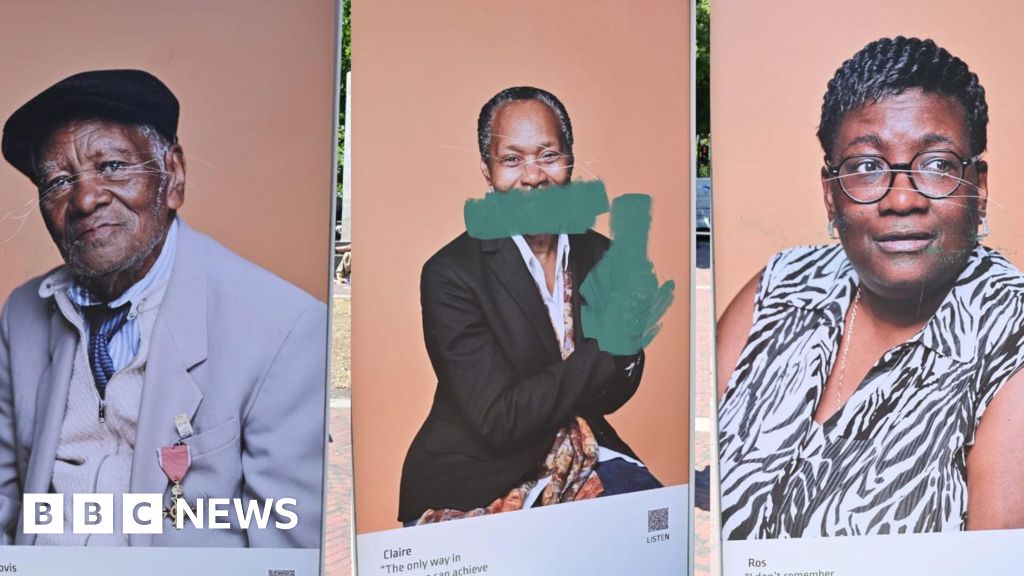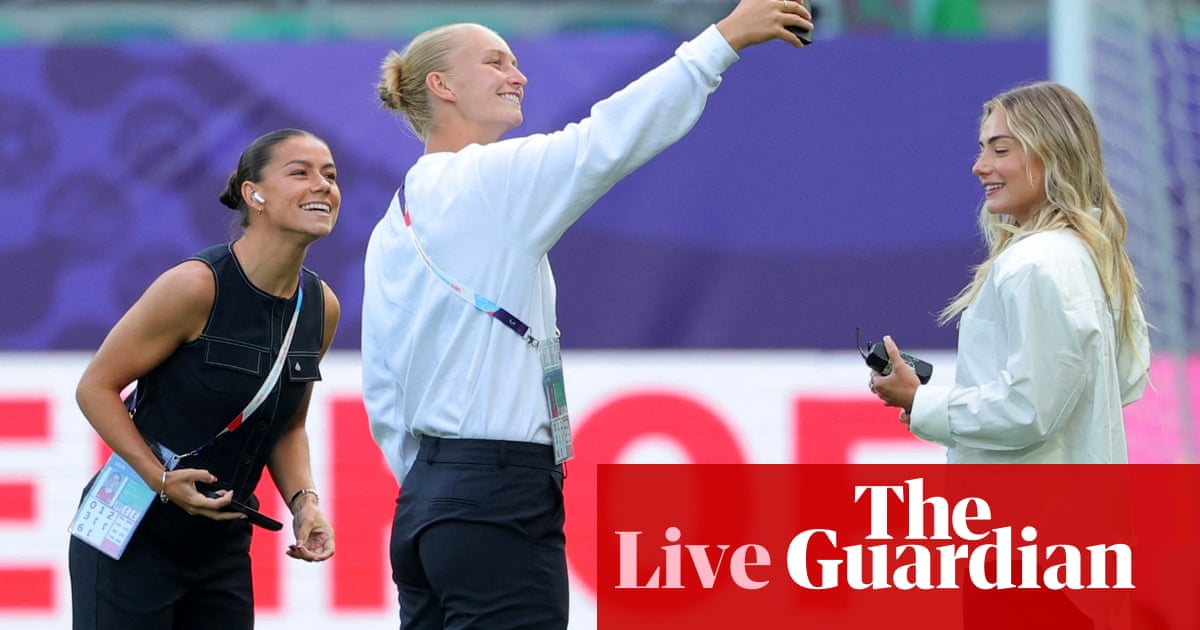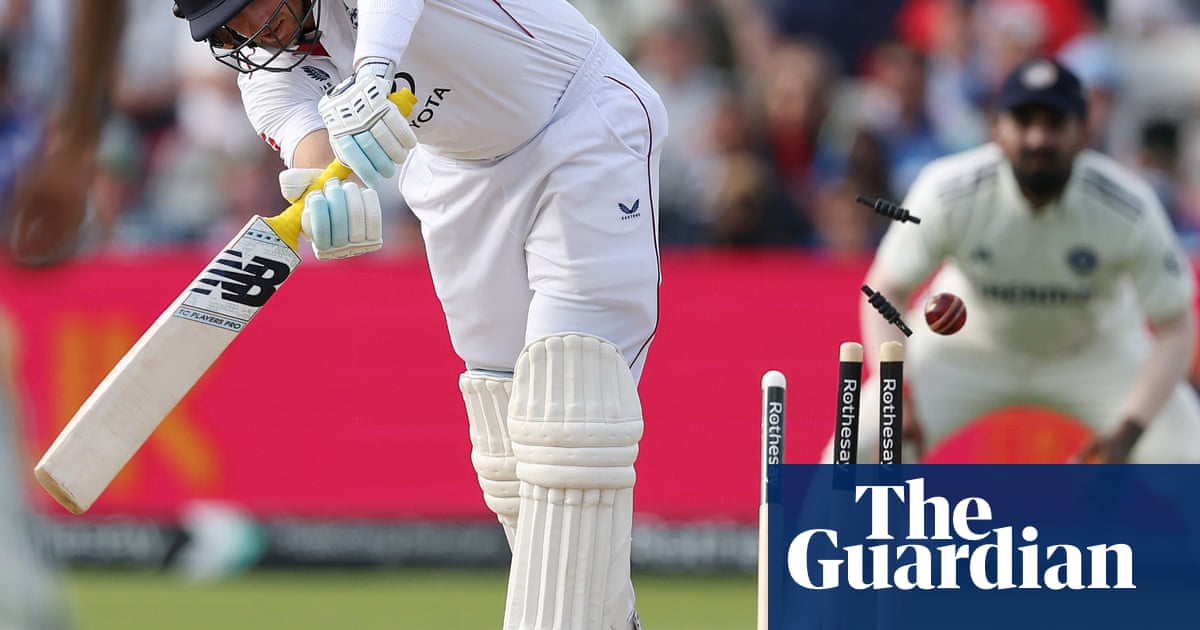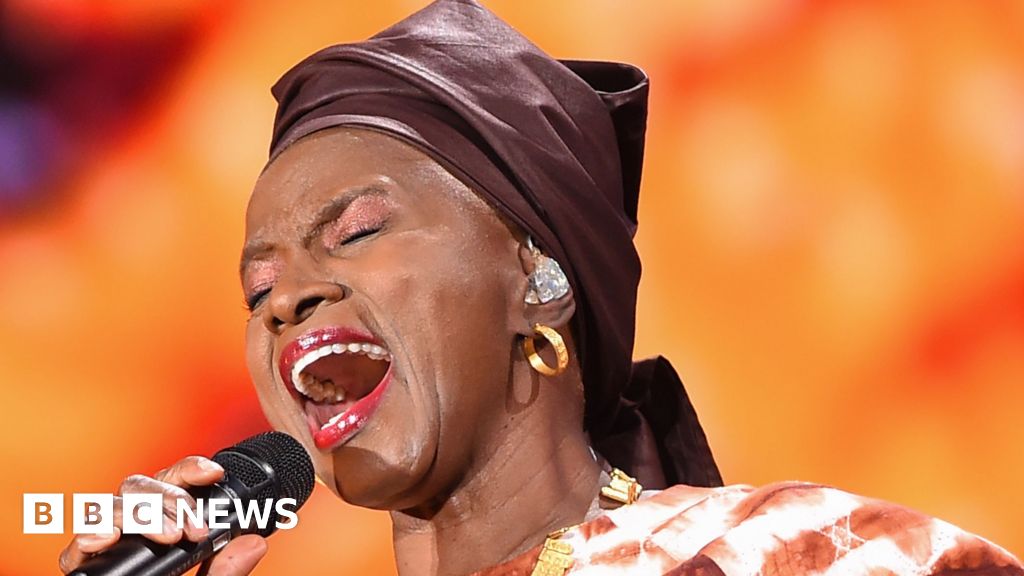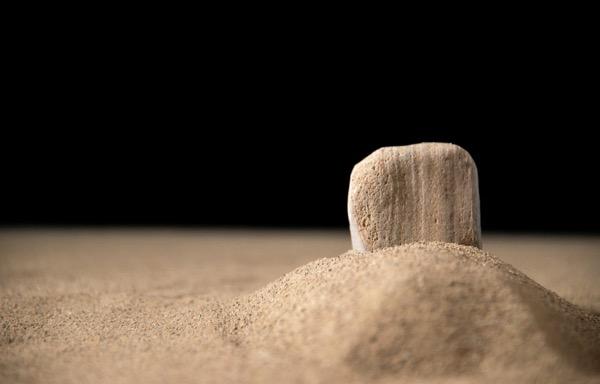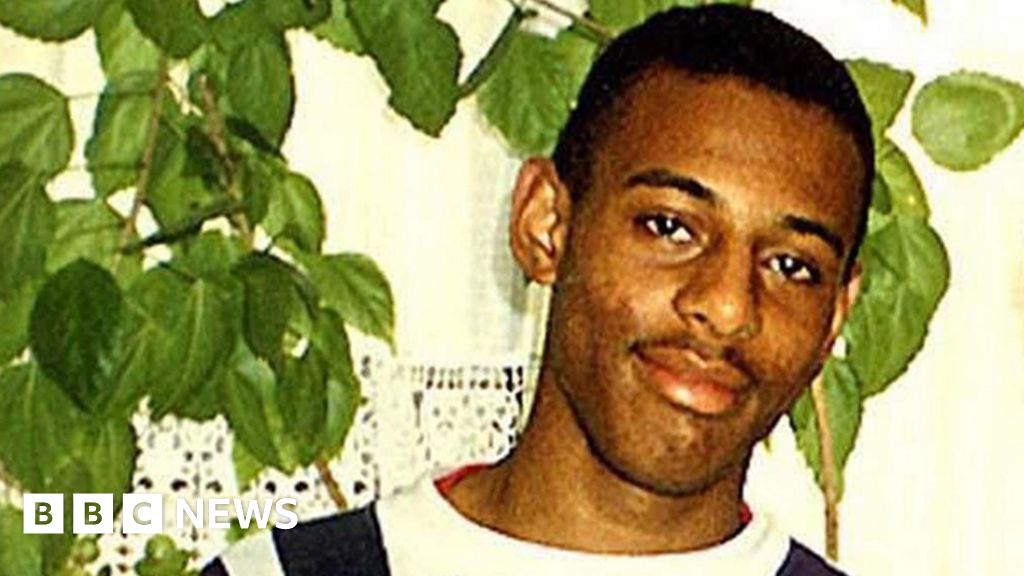It’s official: Sunday’s World Cup match between England and New Zealand will be Sophie Devine’s last one-day international. After their loss against India on Thursday, New Zealand can no longer qualify for the semi-finals: the 36-year-old Devine, who made her international debut in 2006 and has represented her country for more than half her life, will not be signing off with another world title.
She still, though, has the chance to finish with a win. The New Zealand captain has already scored 266 runs in the tournament, including a century against Australia, so it could be a fierce tussle against England’s attack – and an emotional one. Expect to see tears come the anthems, as well as blood and sweat in the sweltering humidity of Visakhapatnam. “If I’m absolutely carked at the end of it, who cares? I want to be carried off the field in that last game,” Devine said on the BBC’s No Balls podcast last week.
For England, the outcome of the match is purely academic: they are already through to the knockouts, can no longer top the group, and will therefore face the loser of Saturday’s Australia v South Africa match in their semi-final, come what may. Does that mean they will be happy to permit the great stateswoman of Kiwi cricket to wrap up her ODI career in style? Absolutely not, according to the England captain, Nat Sciver-Brunt.
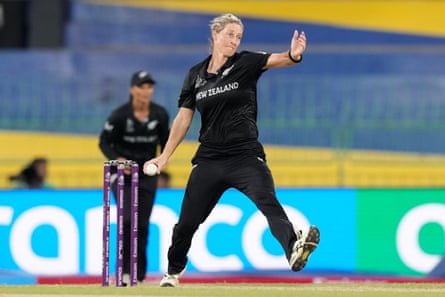
“We want to win,” she said. “We have’t been to Visakh yet, so we’ll be working out the conditions there, and working out how best we want to play and best use the wicket. Hopefully going into the knockout stages with a win and taking confidence from that.”
For New Zealand, this match is an ending; the hope for Sciver-Brunt and the head coach, Charlotte Edwards, is that it will be a beginning of something much bigger. ODI cricket was the big project for Edwards when she took on the role. In her words: “We’ve got to look at our ODI game; I think that’s probably an area that we’ve underperformed in for a while.”
Nine months into the Great Post-Ashes Rebuild, what has actually changed? Not the personnel, certainly. Sciver-Brunt and Heather Knight are still the mainstay of England’s batting; Lauren Bell remains the spearhead of the pace attack; while Sophie Ecclestone continues to lead the spin contingent. Em Arlott was plucked from county obscurity by Edwards last summer, but has barely featured in this tournament.
What Edwards has done is attempt to carve out new roles for existing players. Some changes have been more successful than others. The new-look opening partnership of Amy Jones and Tammy Beaumont struggled in what should have been their easier matches against Bangladesh, Sri Lanka and Pakistan. On the other hand, bringing Linsey Smith into the 50-over fold, to bowl reliably at both ends of the innings, looks increasingly like a masterstroke. Edwards knew it would work because it was the role she had Smith doing at Southern Vipers. Apparently having worked in domestic women’s cricket is actually an advantage when taking on a role as the national head coach – who knew?
after newsletter promotion
Edwards is also loyal to players – sometimes to a fault. It is a source of intense frustration to see repeated middle-order collapses caused by an inability to play spin, while Danni Wyatt-Hodge – so adept at playing on subcontinental pitches – sits idly on the bench. England’s only team changes this tournament came when Edwards had her hand forced by the illness of Bell and Ecclestone. It would be entirely unsurprising to see her select the same XI for the New Zealand match, the semi-final and (should they get that far) the final.
After this tournament, England’s focus will shift to T20 cricket: there is a home 20-over World Cup to prepare for. But that should not be an excuse for sidestepping difficult questions about their 50-over lineup. A middle order which can barely muster a run together is never going to be capable of beating a team like Australia. More worrying still is the question of what happens when Knight (aged 34) and Sciver-Brunt (aged 33) are no longer around to prop up England’s batting. One of the problems with the Jon Lewis regime was its tendency to bury its head in the sand: Edwards cannot afford to behave in a similar fashion.
By reaching the semi-finals, England have already achieved the minimum expectation laid out by Edwards before the tournament began. But their six-wicket loss against Australia on Wednesday brought back unwelcome memories of January’s Ashes whitewash. If Edwards is going to shake off England’s unfortunate recent reputation of imploding when the green-and-gold hits the fan, winning back the hearts and minds of the public in the process, getting them into a World Cup final – a feat Lewis never quite managed – would be a decent start.
.png)
 5 hours ago
1
5 hours ago
1



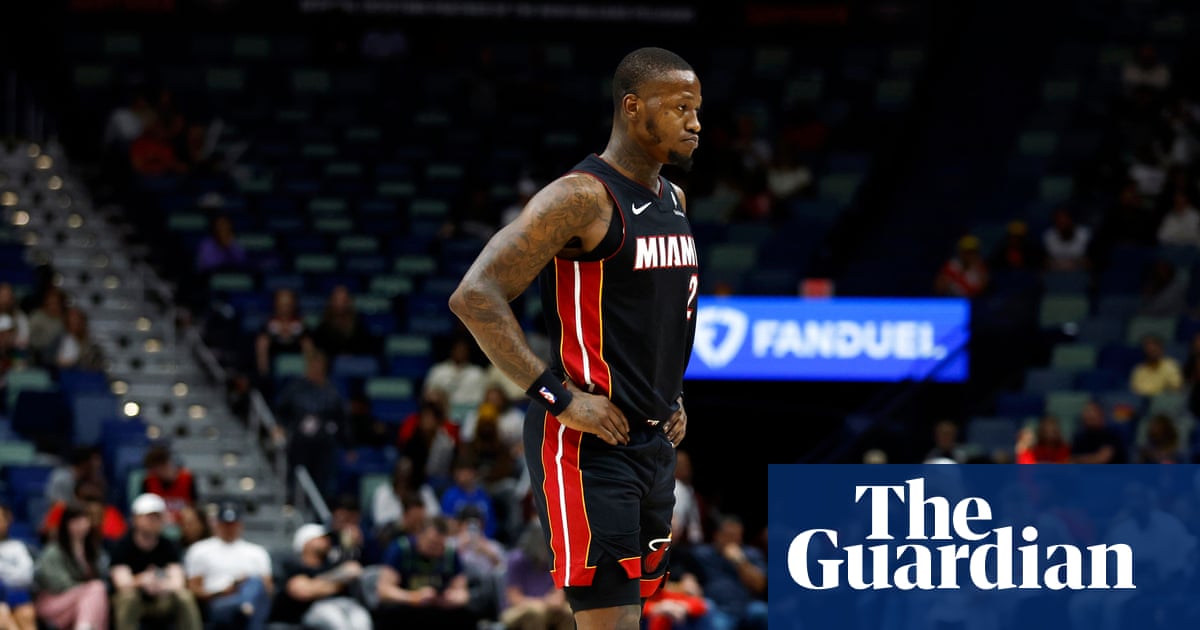
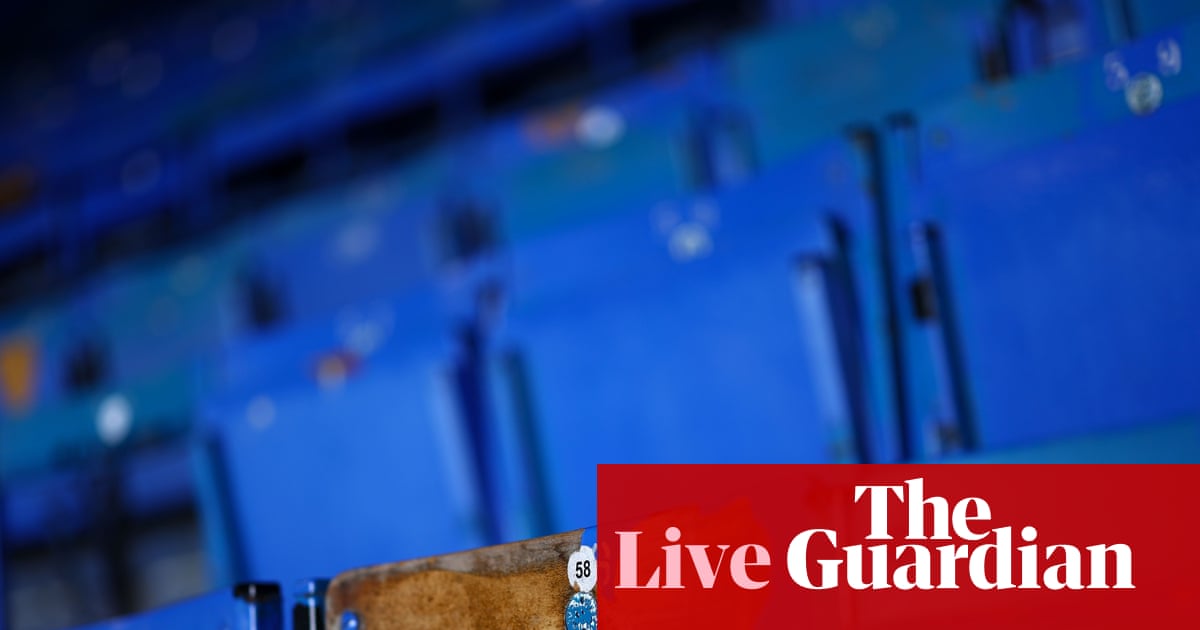

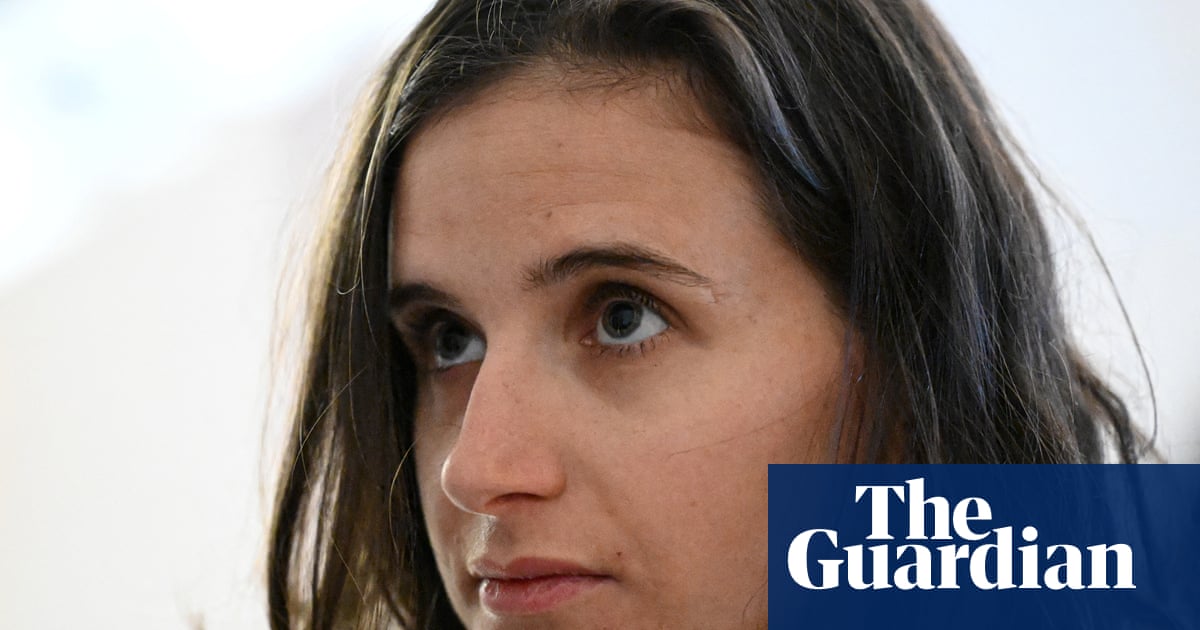






:strip_icc():format(jpeg)/kly-media-production/medias/5065711/original/038926700_1735129869-sty-1_62549b7.jpg)
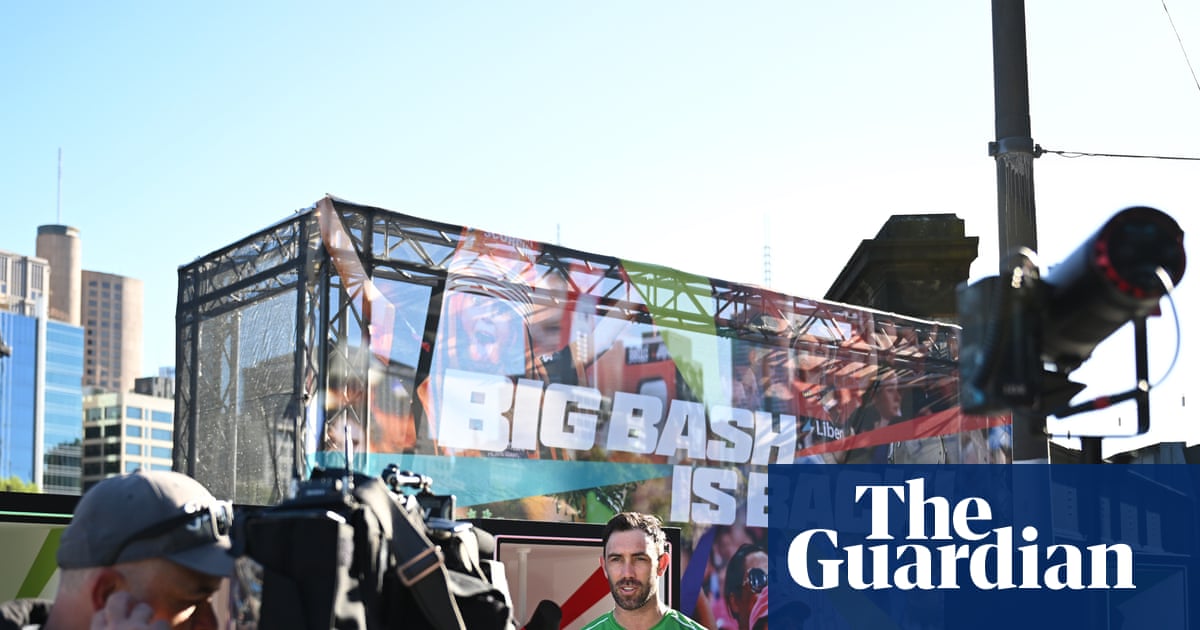
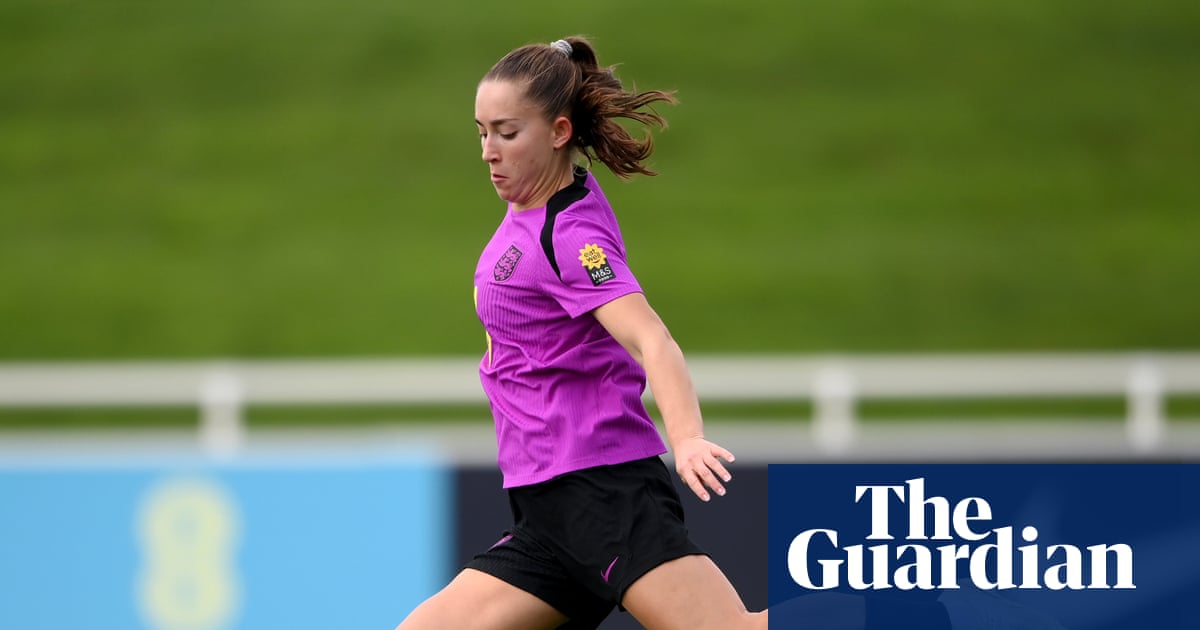
:strip_icc():format(jpeg):watermark(kly-media-production/assets/images/watermarks/bola/watermark-color-landscape-new.png,1125,20,0)/kly-media-production/medias/4178011/original/042041000_1664692546-20221002BL_Prescon_Pasca_Kericuhan_di_Kanjuruhan_3.jpg)
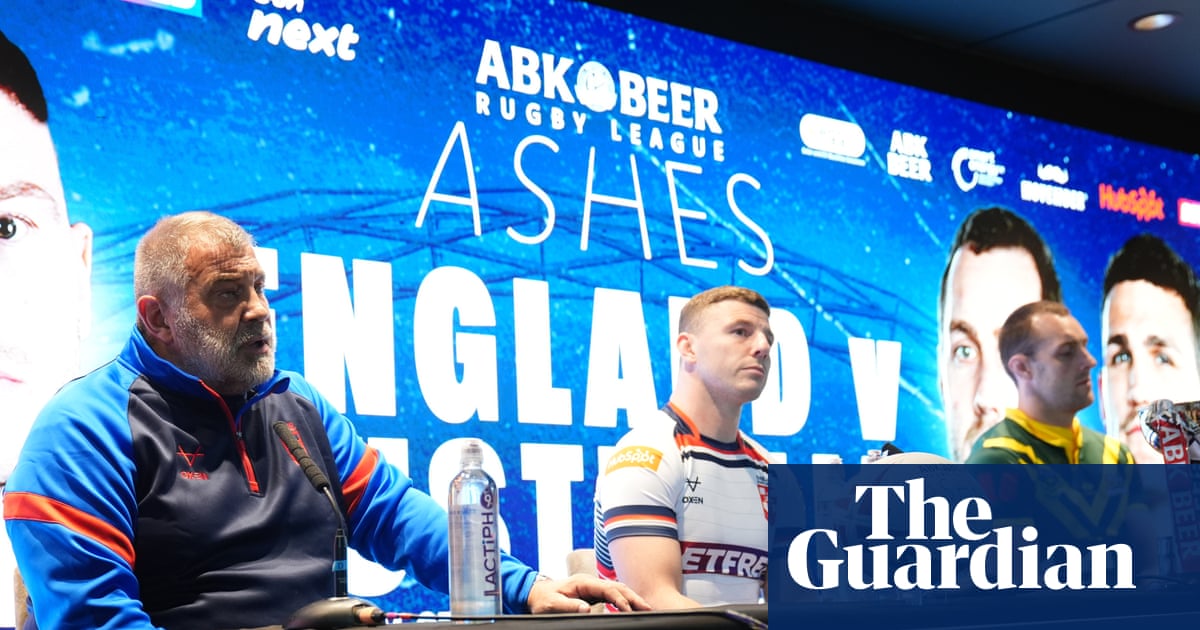
:strip_icc():format(jpeg)/kly-media-production/medias/5265197/original/087733000_1750917323-zain.jpeg)
:strip_icc():format(jpeg)/kly-media-production/medias/5390171/original/087808700_1761236427-faisal_halim_-_selangor.jpg)











